The views expressed in our content reflect individual perspectives and do not represent the official views of the Baha'i Faith.
The Baha’i teachings ask everyone to appreciate the “true worth of artists and craftsmen” because they cause human progress:
… the true worth of artists and craftsmen should be appreciated, for they advance the affairs of mankind. – Baha’u’llah, from a tablet translated from Persian.
This statement from Baha’u’llah inspires some interesting questions—How is it that “artists and craftsmen advance the affairs of mankind,” and what does that mean?
Though I was raised in the Baha’i Faith and am myself an artist (who spends a great deal of time grasping a paintbrush) I am stunned by the implications of the Baha’i writings concerning art. At present in society at large, it often feels like we regard art as either a fun pastime, an inadvisable and not very remunerative profession, or at best, a form of mass entertainment or an elite luxury. But the Baha’i teachings offer us a very different perspective:
I rejoice to hear that thou takest pains with thine art, for in this wonderful new age, art is worship. The more thou strivest to perfect it, the closer wilt thou come to God. What bestowal could be greater than this, that one’s art should be even as the act of worshipping the Lord? That is to say, when thy fingers grasp the paint brush, it is as if thou wert at prayer in the Temple. – Abdu’l-Baha, Extract from a tablet from Persian.
Again, what does this mean, that art is a form of worship?
Lately I’ve explored these questions with diverse audiences through a traveling painting exhibit and interactive talk called “Life as a Spiritual Journey” based on The Seven Valleys, a mystical Baha’i book by Baha’u’llah.
I’d like to begin by exploring some relevant concepts that may offer insight into my inquiry.
Humans share the capacity to consciously create with God, the “Fashioner” of the universe. Therefore, exercising this capacity to bring something new into existence can potentially increase our sense of spiritual connection. Perhaps that explains why creating can inspire such joy in both the creator and the receiver.
Additionally, we can glean many spiritual lessons from the process of creating. For example, an actor develops empathy and the ability to listen deeply. A great dancer masters discipline and movement. Lessons I frequently confront while painting involve detachment—letting go of limiting expectations to allow the painting to become something better—and learning lessons about perseverance while overcoming inner obstacles such as fear and self-doubt.
In many ways, making art is an ongoing training for accepting the wisdom in life’s tests. Every creative project necessitates a degree of chaos to enable us to generate something new. Learning to trust the journey is part of the creative process.
I am often reminded of the agitating sand in an oyster that leads to the formation of a pearl. Sometimes the most challenging art projects produce the most beautiful results. In my practice I call difficult paintings “problem children.” Once I recognize what I’m dealing with—a “problem child”—it shifts my perspective from frustration to love. I’ve learned from experience that these often develop into my best work.
As art is a form of prayer, the Baha’i Writings also tell us that our private devotions have an effect on others. Consider, then, what effect the simple act of engaging in creativity may have on the world. Take this quotation from Baha’u’llah, for example:
Whoso reciteth, in the privacy of his chamber, the verses revealed by God, the scattering angels of the Almighty shall scatter abroad the fragrance of the words uttered by his mouth, and shall cause the heart of every righteous man to throb. – Baha’u’llah, Baha’i Prayers, p. iv.
How might this phenomena be intensified when something tangible is created during this unique form of prayer? What potency might a finished work of art have in transforming the hearts of others?
Every finished artwork represents hours of life-energy, love, attention and often sacrifice. Depending on the art form it may also involve literal sweat, the vulnerability to stand in front of people, and the courage to share the artist’s deepest feelings—all for the elevation of others.
Most of us have had the experience of being unexpectedly moved by a work of art, be it a song, image, story, film or performance. The author Alice Walker once said “we must honor it’s sacred function. We must let art help us.”
How might we as individuals allow art to help us? What if we approached art with the conscious intention of letting it spiritually enrich our lives? We could simply decide to choose handmade goods over something manufactured, or make regular time to create art, or appreciate someone else’s. Still more deliberately, a special painting or song can even serve as a point of focus to deepen meditation.
These few ideas can allow the prayerful potency of art to help us. What do you think? What is your experience of making art or being touched by it?
In part two of this series, we’ll continue this exploration, and share a few practical examples of how to use art and The Seven Valleys by Baha’u’llah to engage and uplift people.


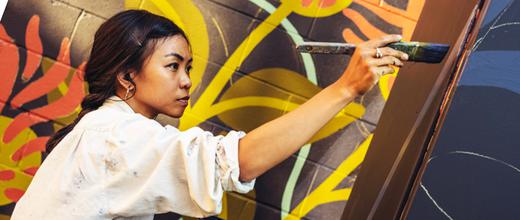

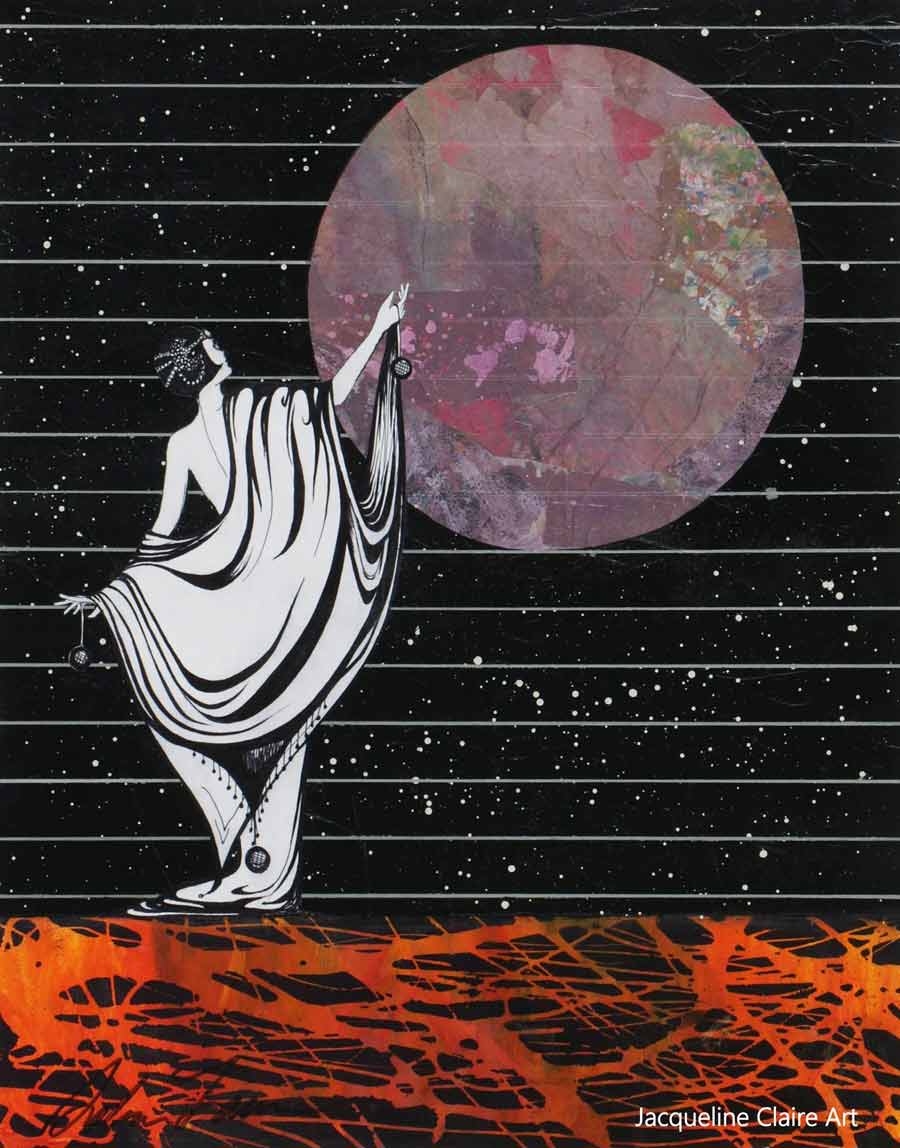

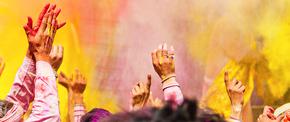
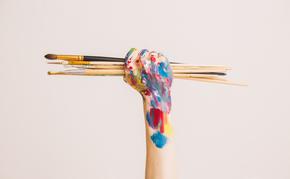

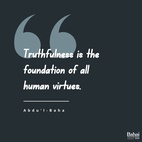
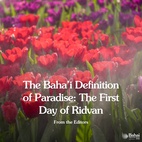
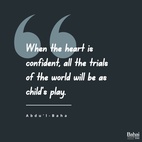
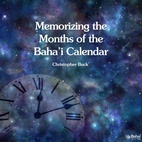
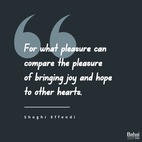

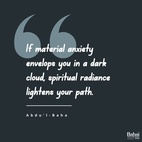
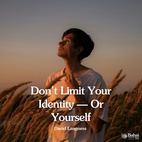

Comments
Sign in or create an account
Continue with Facebookor